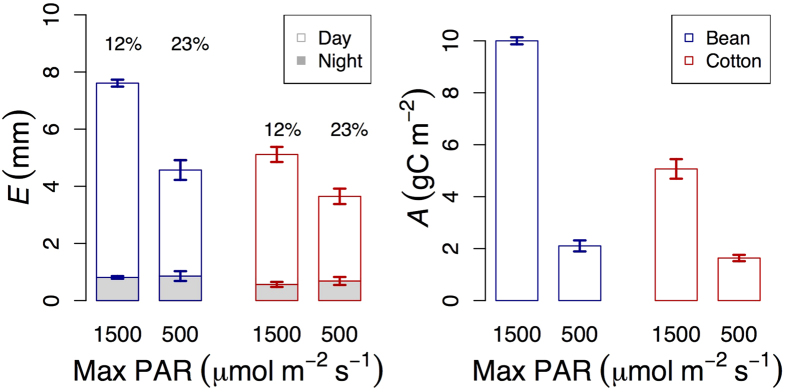Figure 1. Transpiration and Carbon assimilation under high and low radiation.

Under high radiation (maximum Photosynthetically Active Radiation, PAR, of 1,500 μmol m−2 s−1, and 15/9 h of daytime/night-time) transpiration (E) and Carbon assimilation (A) were higher than under reduced radiation (maximum PAR of 500 μmol m−2 s−1, and 12/12 h of daytime/night-time). However, the amount of nocturnal transpiration remained constant with radiation loads, indicating no impact of radiation and photosynthesis. The differing responses of daytime and night-time E to radiation led to an increase in the contribution of nocturnal E, relative to daytime E, from 12% to 23% as radiation loads decreased. Each bar indicates mean values of 6 macrocosms per species over 3–4 days and errors are SE.
